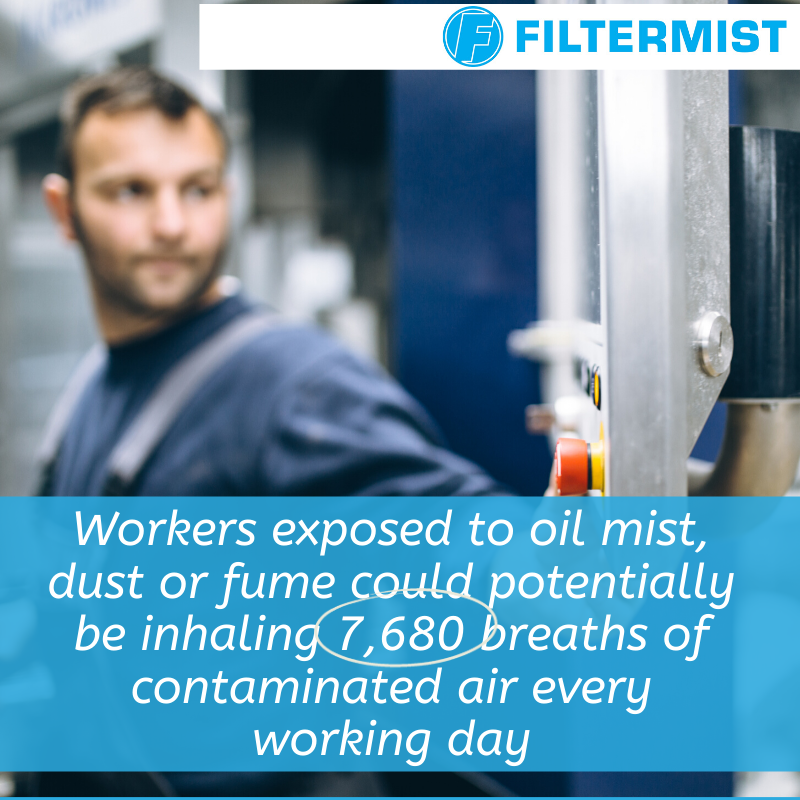
Breathe in….and breathe out. Breathing. It’s one of the most basic human functions which most people take for granted. However, for people with respiratory diseases such as COPD, asthma and lung cancer, the ability to breathe easily is a luxury they might not have anymore. Something which should be subconscious, becomes a conscious effort and everyday tasks can become impossible.
The current Coronavirus pandemic has brought lung health into sharp focus – it is widely recognised that older people, people with weakened immune systems and those living with long-term conditions including lung disease are most at risk of developing serious breathing difficulties and other potentially fatal complications.
There are a number of measures individuals can take to try and keep their lungs healthy. These include:
- Stopping smoking
- Exercising to increase lung capacity
- Improving indoor air quality by using filters and minimising dust and mould in the atmosphere
There are also measures employers can take to ensure their employees are breathing air which is clean and safe. For companies that manufacture products, this means ensuring their production facilities are fitted with effective extraction to remove airborne pollutants including oil mist, dust, fume, smoke and fibres from the air.
Most adults breathe in and out 12-20 times per minute when resting. This equates to between 17,280 and 28,800 breaths per day. The average of these figures is 23,040 which equals 960 breaths per hour, so spending eight hours (the length of an average working day) in a polluted environment means workers could potentially be inhaling 7,680 breaths of contaminated air every working day.
Inhaling particulate matter can result in a range of respiratory diseases including asthma, hypersensitivity pneumonitis (also known as extrinsic allergic alveolitis), COPD and various types of cancer. All of these diseases are serious and can be fatal but breathing in contaminated air at work is completely avoidable through the use of effective control measures. This fact has prompted the UK’s Health and Safety Executive (HSE) to focus on trying to reduce occupational lung disease by advocating the use of a range of control measures, including LEV (local exhaust ventilation) systems.
Control measures
LEV systems deal with the issue at source by using a fan to draw contaminated air up through a filter, or series of filters, which capture hazardous particulate matter including mist particles, dust, fume, smoke and Volatile Organic Compounds (VOCs). Clean air is then exhausted back into the workshop, or outside to atmosphere.
LEV systems include single stand-alone filter units which are fitted directly to the source of the contaminant, and large central systems which draw up contaminated air through capture hoods and move it through ducting to a filtration unit which can be sited internally or externally depending on customer requirements.
Air monitoring and air sampling are easy ways of assessing general air quality as well as particulate loading in specific places, such as near machine enclosures or in operator’s breathing zones. Download Filtermist’s LEV Testing, Air Monitoring and Air Sampling Brochure to find out more.
Monitoring and Maintenance
Ensuring control measures are operating as intended is also vital to protecting lung health. Extraction may work initially, but regular checks should be made to make sure the required airflow is maintained. ‘Blinded filters’ or blockages in the ducting may affect the system’s performance meaning although employers believe the air in their facility is clean, this might not be the case.
Monitoring systems including pressure gauges and Filtermist’s F Monitor are easy to use, visual devices which immediately alert machine operators to potential issues, whilst regular servicing will ensure the required performance is maintained.
Regular LEV Testing by a competent person is also a legal requirement under COSHH regulations. All systems must be tested at least once every 14 months depending on the nature of the application.
Filtermist operates nationwide teams of dedicated P601, P602 and P404 qualified service and LEV engineers to support customers with their maintenance and testing requirements. Digital reports make it easy for employers to keep on top of this aspect of running their business and complying with HSE regulations.
What happens if people aren’t protected from exposure to contaminated workplace air?
Filtermist attended the HSE’s ‘Healthy Lungs Summit’ back in November 2017 where we first came into contact with ‘Phil the Welder’ – a 63-year-old gentleman who had developed occupational asthma as a result of exposure to fume generated when welding exotic metals including titanium and nickel in the petrochemical industry.
When Phil joined the work place his employer had no extraction in place, employees were simply told to “open the door”. Phil developed occupational asthma at the age of around 34 and was unable to work from the age of 42. This had wide ranging impacts on his family life and his social life as well as his finances – watch this interview with Phil to hear for yourself
If Phil’s employer had installed effective extraction to remove welding fume Phil might not have developed occupational asthma.
Filtermist has been supporting employee’s lung health for more than 50 years by manufacturing and supplying a wide range of products and services designed to make sure the air in working environments is clean and safe to breathe. The company has been writing about the important role employers can play in protecting the health of their workforce for a long time, publishing articles including:
British Lung Foundation
The British Lung Foundation (BLF) offers wide-ranging support to people affected by lung disease and has lots of information on its website regarding Coronavirus, specifically aimed at people living with lung conditions.
Filtermist’s Senior Management Team is taking on the Three Peaks Challenge in May to raise much needed funds for the BLF. More details can be found here, or to make a donation please visit the dedicated JustGiving page.
Useful links
HSE film demonstrating the importance of positioning capture hoods in the right location
HSE information on LEV
HSE information on COSHH (Control of Substances Hazardous to Health)
HSG258